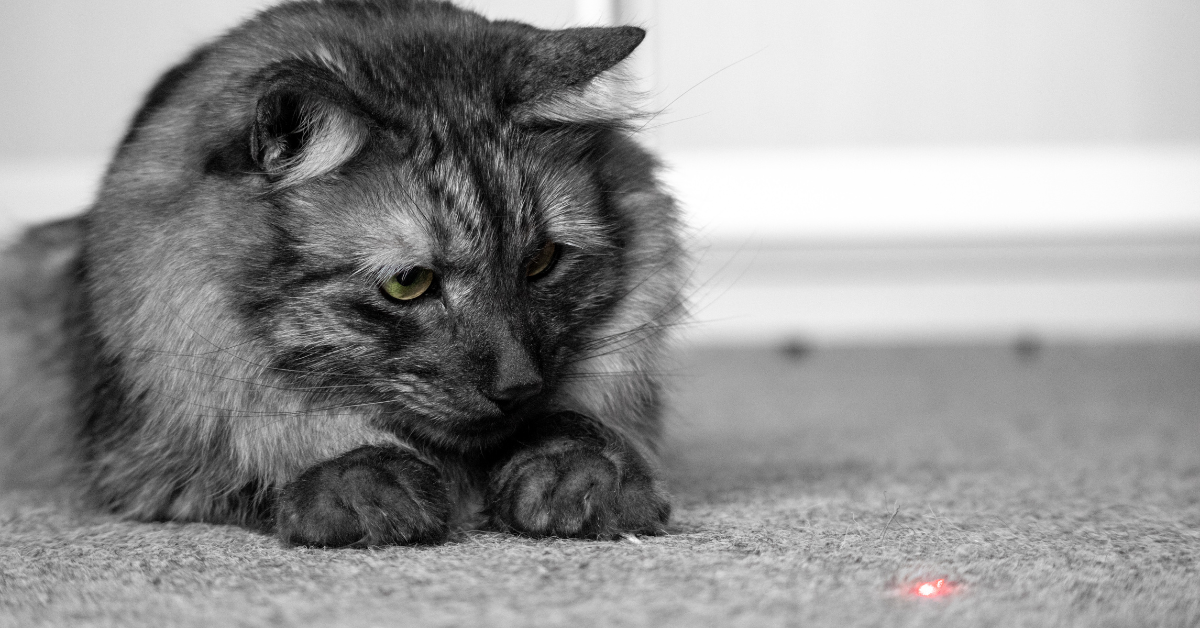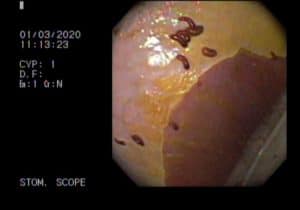Some of this might sound a bit like high school biology, it’s not meant to be a science lesson. However, bot flies are rather interesting and negatively impact most horses.
3 Most Common Bot Flies in North America
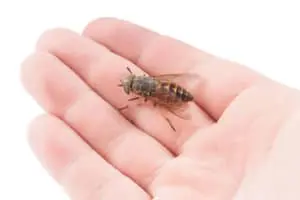 There are nine species of horse bot flies (Gasterophilus is the scientific name). Here are the three most common in North America:
There are nine species of horse bot flies (Gasterophilus is the scientific name). Here are the three most common in North America:
- Gasterophilus Intestinalis (DeGeer) – internal parasite of the gastrointestinal tract, and the most common.
- Gasterophilus Nasalis (Linnaeus) – nose bot fly.
- Gasterophilus Haemorrhoidalis (Linnaeus) – throat bot fly.
Bot flies have a life cycle of four stages. The most significant damage is done to your horse when the larvae stage is active. The larvae can attach to your horse’s mouth, cardiac area, and stomach, causing multiple issues while they ‘host’ off your horse as a parasite.
The Bot Fly Life Cycle
 To protect your horse, it’s important to understand their life cycle as there are different ways to treat for or manage them in the different stages.
To protect your horse, it’s important to understand their life cycle as there are different ways to treat for or manage them in the different stages.
Adult (the actual fly)
The adult female lays her eggs on hosts (that would be your horse). And she can deposit up to 1000 eggs on one horse. One generation is produced per year.
Eggs
The yellow ‘things’ that are attached to the hair on legs and body of your horse. (Shown in the picture below) Bot flies typically lay their eggs in early summer months; however, that can vary in regions due to climate. As of September, in N. Carolina, my horse gets a swarm of eggs laid on his legs almost daily.
Larvae
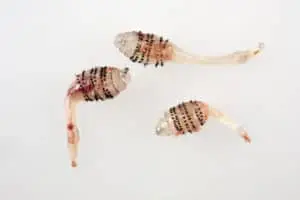
Larvae are developed from the egg after about 7 to 10 days of being deposited by the female bot fly. These larvae are stimulated to ‘hatch’ (to go from egg to larvae) by the action of your horse who ingests them by licking or biting at them. Your horse’s licking/biting actions give them warmth and moisture so that they can develop. As they develop, they find a myriad of ways into your horse’s mouth where they burrow into the gums, tongue or lining of the mouth for an approximate 28 day stay. Then they molt and make their way to your horse’s stomach, or even to your horse’s cardiac regions. Inside your horse they ‘attach’ themselves again and continue to ‘host’ off your horse (host means, steal his nutrition and feed off his blood) and continue their damage. They remain in your horse for 9 or 12 months. Towards the end of this period, the larvae molt again and develop into pupae.
Pupae
The pupae may grow to be half to ¾ inch in length and eventually are shed from the horse’s system into his manure. They incubate in the manure for one to two months.
What Bot Flies Do To Horses and You
First, the bot fly is very annoying when it is flying around your horse, then they lay their eggs. Those yellow looking eggs on your horse are a bit unsightly, well that is just the start of it! Eggs can detach and get into your horse’s eye, or a person’s eye (ocular invasion). When handling a horse with bot eggs, do not touch your face or rub your eyes until you have washed your hands! Then, when the larvae are in your horse, they attach to your horse’s insides, just like a tick, and feed off him. They consume nutrients from the tissues inside your horse.
Most Common Bot Fly Symptoms
Here are the most common signs that your horse may have bots:
- Inflamed mouth
- Gastric ulcers
- Stomach irritation
- Colic
How To Stop Bot Flies
To control / manage bot flies on your animals, follow these steps:
Grooming / Egg Removal Tips – Egg Stage
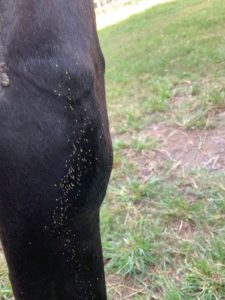 Use a Bot knife to gently separate the eggs from your horse’s coat
Use a Bot knife to gently separate the eggs from your horse’s coat- Pick off by hand (not really recommended – per the eye invasion possibility)
- Use a grill block to disconnect them from your horse’s skin
- Heat vinegar and wipe on the areas where the bot eggs are (the eggs will then release from the hairs)
- Apply a layer of Vaseline over the eggs. Later in the day wipe off the Vaseline with a paper towel and the eggs will come off with the Vaseline. Throw the paper towel in the trash.
*Always wash your hands after removing bot eggs and handling or grooming a horse that has bot eggs.
Deworming – Larvae Stage
Ivermectin and moxidectin seem to be the most effective for the larvae stage. Research suggests that moxidectin is a bit more effective for killing the larvae than ivermectin. Deworm for bots in the spring and in the fall. Be sure to check with your veterinarian regarding your horse and the area in case there are some differences to adjust for.
Pasture management – Pupae Stage
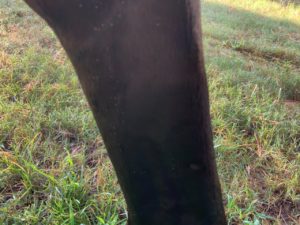
Manure removal removes the pupae of the bot fly but removal is not entirely necessary. Breaking up the manure piles by dragging or knocking the piles of manure apart can destroy the pupae’s environment; therefore, destroying the pupae.
With egg removal and pasture management you have some opportunities to break up the cycle of bot flies, but do not forget the deworming. Fecal counts check for the shedding of parasites, and the timing of a fecal count with a bot infestation may not provide the right information at the right time. If you see bot flies and bot eggs on your horse, your best defense is to attack them through grooming, deworming and pasture management.
We hope you found this article helpful and if your horse ever gets any cuts, abrasions, scratches or white line disease, we hope you keep Banixx Horse & Pet Care in mind.
Sources
- https://equimed.com/health-centers/general-care/articles/bot-fly-a-common-horse-pest
Share this Post
Featured Post
Recent Posts
Lipomas….mysterious Lumps & Bumps on your pup…When should I worry? What should I do about them?
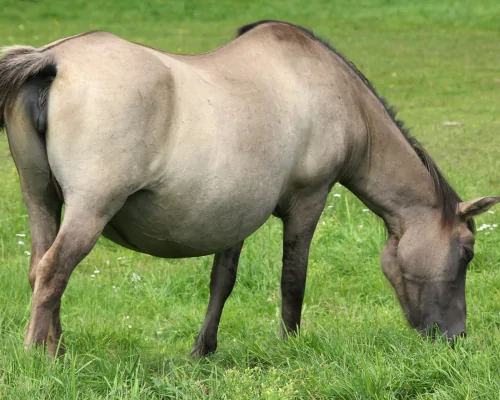
Managing the Mamas –Part 2 –The development process
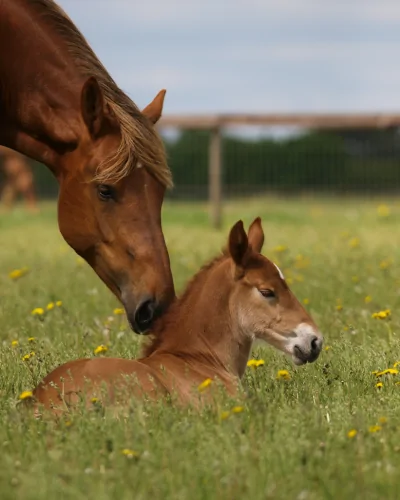
Managing the Mamas: Part 1 – Preparing to Breed Your Mare

HOW MANY TOES?? Caring for the Polydactyl Cat
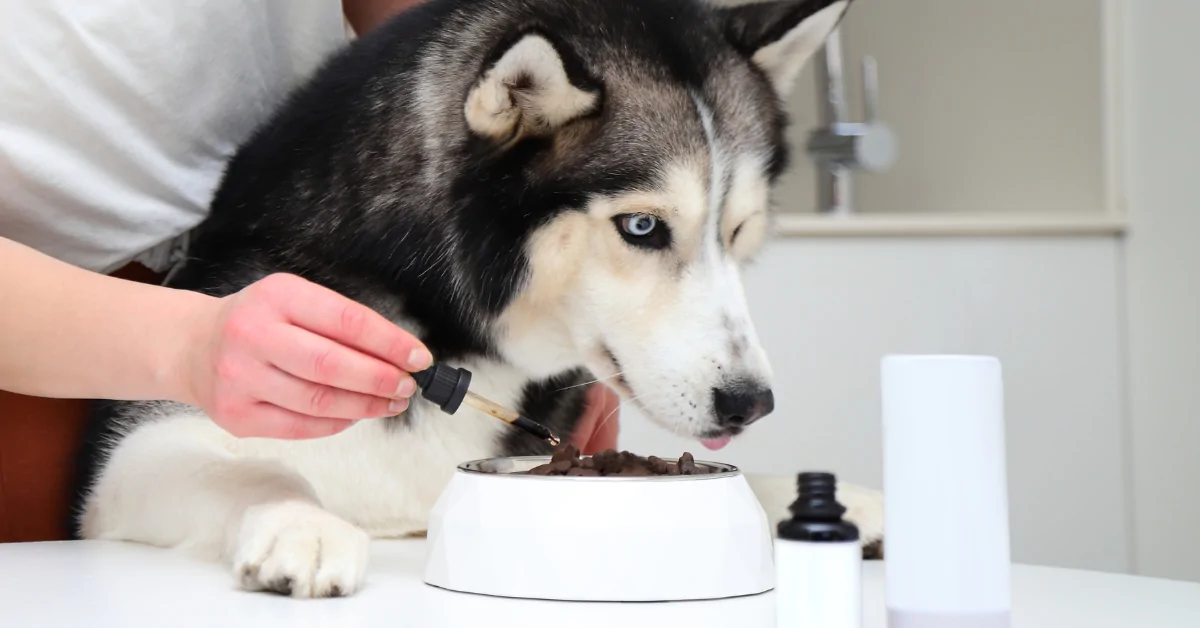
Do Dog Joint Supplements Actually Work?
